Pes
1 kg
Dimensions
16 × 23 cm
Idioma
Anglès
Format
Flexi-cover, Tapa dura
Pàgines
408
Data de publicació
10 de març de 2025
Publicat per
Lynx Nature Books
Autors
Descripció
Birds of Vietnam – Segona edició: La guia de camp més completa sobre els ocells del Vietnam
Birds of Vietnam és la guia de camp definitiva per a qui vulgui conèixer la rica i variada avifauna d’aquest punt calent de biodiversitat del sud-est asiàtic. Reconegut per la seva increïble diversitat biològica, el Vietnam acull més espècies d’ocells endèmiques i quasi endèmiques que qualsevol altre país del sud-est asiàtic continental. Aquesta segona edició ofereix la referència més completa i actualitzada per a ornitòlegs, investigadors i conservacionistes que exploren l’extraordinària diversitat aviar d’aquest país.
Amb un total de 931 espècies descrites en detall —incloent-hi 16 espècies i grups de subespècies endèmiques, i 42 espècies i grups de subespècies quasi endèmiques— Birds of Vietnam és una eina indispensable al camp. El llibre combina textos detallats, il·lustracions d’alta qualitat, mapes de distribució a tot color i recursos digitals per oferir una guia intuïtiva i autoritzada per a la identificació i l’estudi d’ocells.
Característiques principals
- Inclou totes les 931 espècies d’ocells registrades al Vietnam, amb informació experta sobre estat, hàbitat, comportament, variació geogràfica, vocalitzacions i espècies semblants.
- Més de 1.970 il·lustracions: Representant mascles, femelles, juvenils, ocells en vol i plomatges reproductius i no reproductius.
- Mapes de distribució actualitzats: Més de 880 mapes en color per a espècies de presència regular i subespècies reproductores, basats en les dades més recents.
- Contingut audiovisual integrat: Cada fitxa inclou un codi QR que enllaça amb els recursos en línia del Cornell Lab of Ornithology, amb sons, vídeos i fotografies.
- Noms locals: S’hi inclouen els noms vietnamites de les espècies per facilitar-ne l’ús i promoure l’educació ambiental.
- Actualitzacions taxonòmiques: Noms científics i anglesos revisats segons la HBW and BirdLife International Digital Checklist (versió 9, 2024).
- Estat de conservació: Totalment actualitzat segons les darreres avaluacions de la Llista Vermella de la UICN, amb millor visibilitat per destacar les espècies amenaçades.
Novetats de la segona edició
La segona edició de Birds of Vietnam representa una actualització important respecte a la primera edició publicada el 2018. Incorpora els descobriments ornitològics més recents i presenta millores significatives en el contingut:
- Espècies noves: Afegeix 13 espècies d’ocells registrades al Vietnam entre el 2018 i el 2024. Cadascuna compta amb la seva pròpia fitxa detallada, mapa de distribució i codi QR amb accés a contingut multimèdia.
- Mapes de distribució millorats: Prop de 30 espècies inclouen ara mapes actualitzats que reflecteixen noves observacions, dades de reproducció i treballs de camp recents.
- Nomenclatura actualitzada: S’han revisat els noms de totes les espècies i subespècies.
- Fitxes ampliades: Molts textos s’han reescrit o ampliat per millorar-ne la claredat i incloure informació recent sobre vocalitzacions, canvis de distribució i comportament reproductiu.
Per què triar Birds of Vietnam?
Els diversos hàbitats del Vietnam —des de zones humides costaneres i arrossars fins a turons càrstics de roca calcària, boscos montans i terres baixes tropicals— ofereixen oportunitats excepcionals per a l’observació d’ocells. L’avifauna del país inclou una àmplia gamma d’espècies endèmiques, garrins desitjats pels aficionats, pittes de bosc i espècies globalment amenaçades com el faisà del Vietnam i el tallarol-cadernera de gola blanca.
Birds of Vietnam és la guia de camp més completa dedicada als ocells del país. Combina precisió científica amb utilitat pràctica al camp, cosa que la converteix en una eina imprescindible tant per als ornitòlegs i observadors d’ocells que viatgen per la regió com per a grups locals de conservació.
Dissenyada per a observadors de tots els nivells, aquesta guia és ideal per a aquells que planegen el seu primer viatge ornitològic al Vietnam, investigadors que necessiten dades de distribució precises o ornitòlegs experimentats que volen actualitzar les seves guies amb els descobriments més recents. Tant si prepares el teu primer viatge com si ja coneixes els boscos i aiguamolls del país, aquest llibre t’ofereix la referència més fiable i actualitzada.

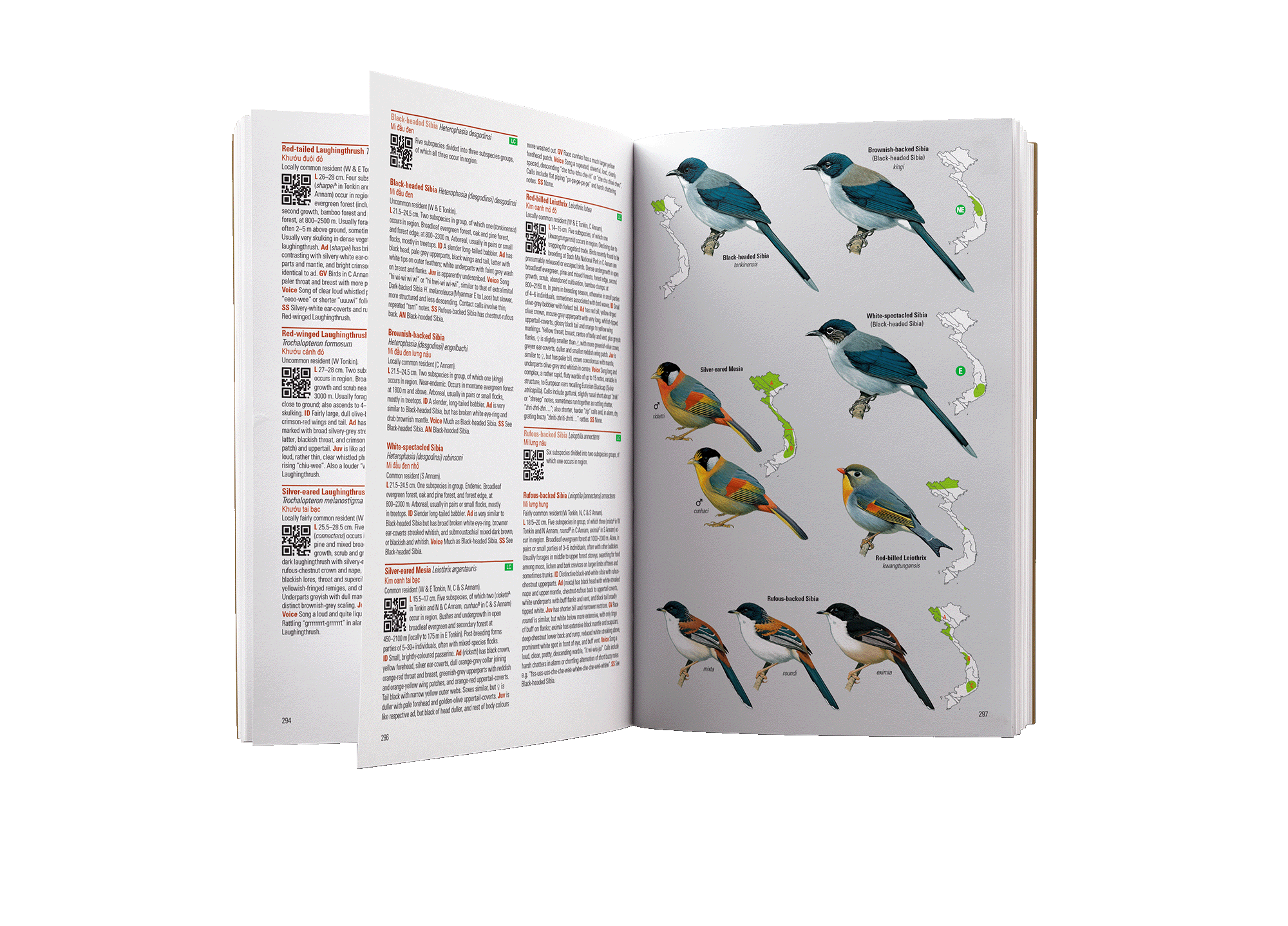
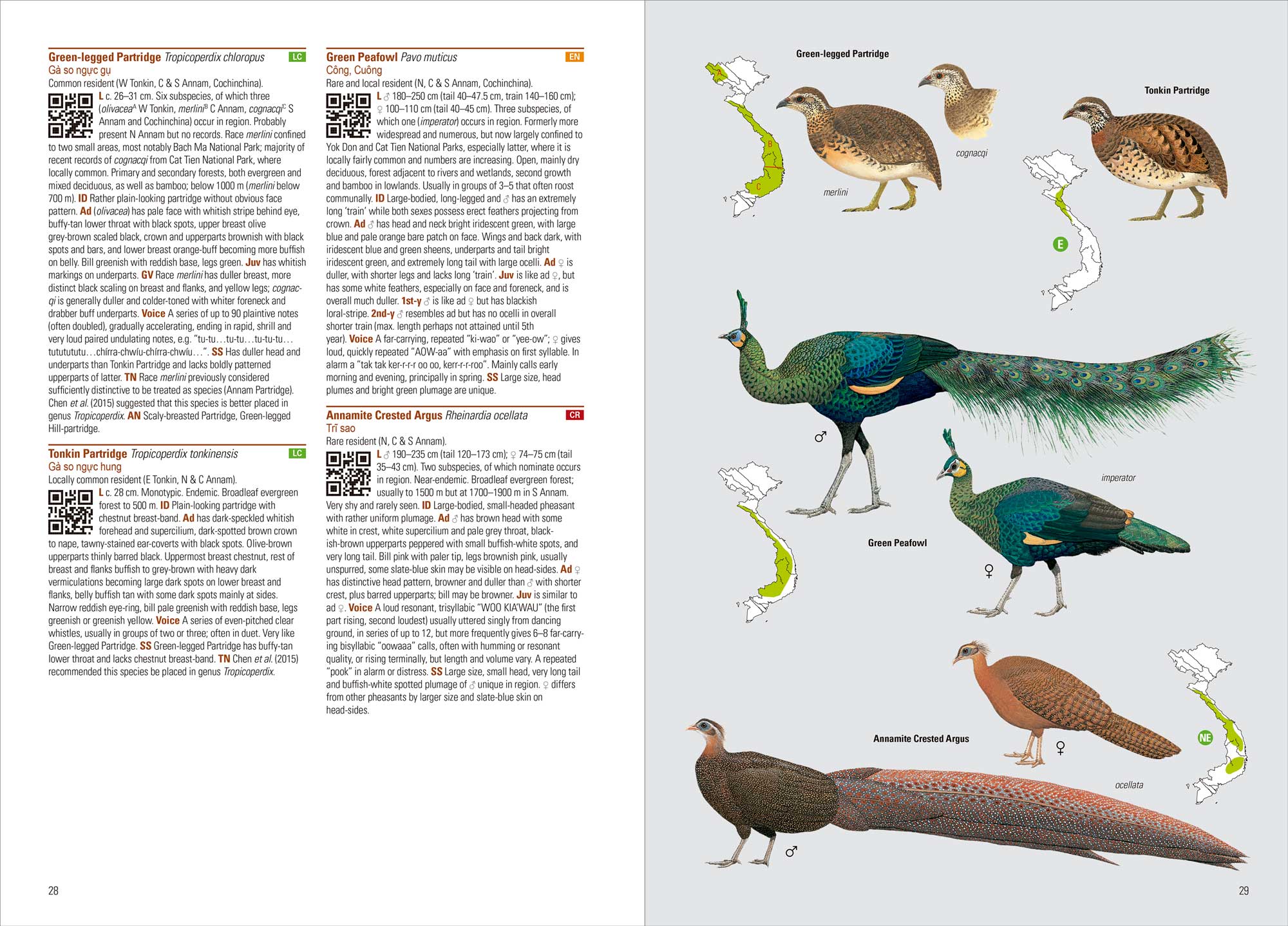

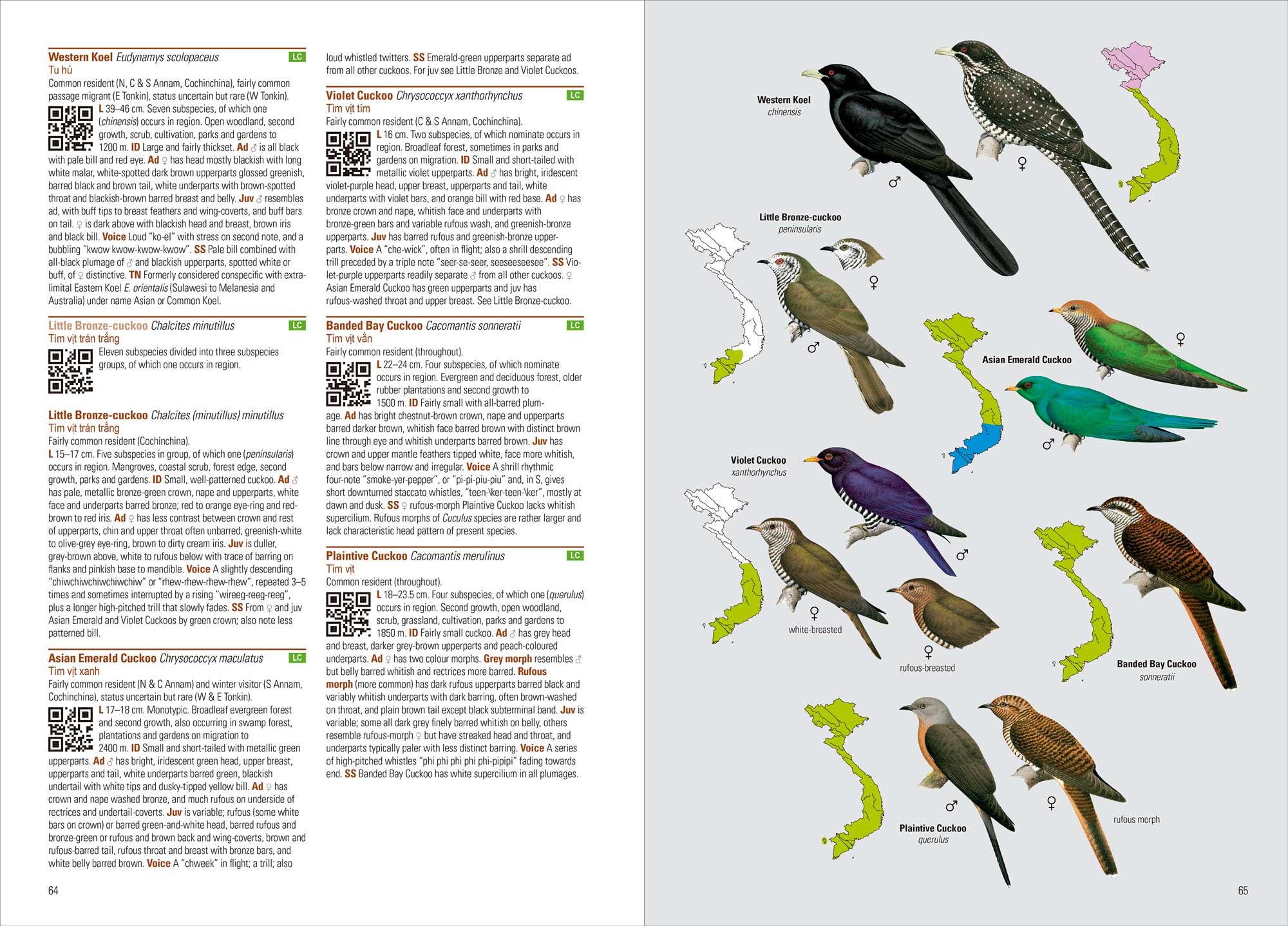
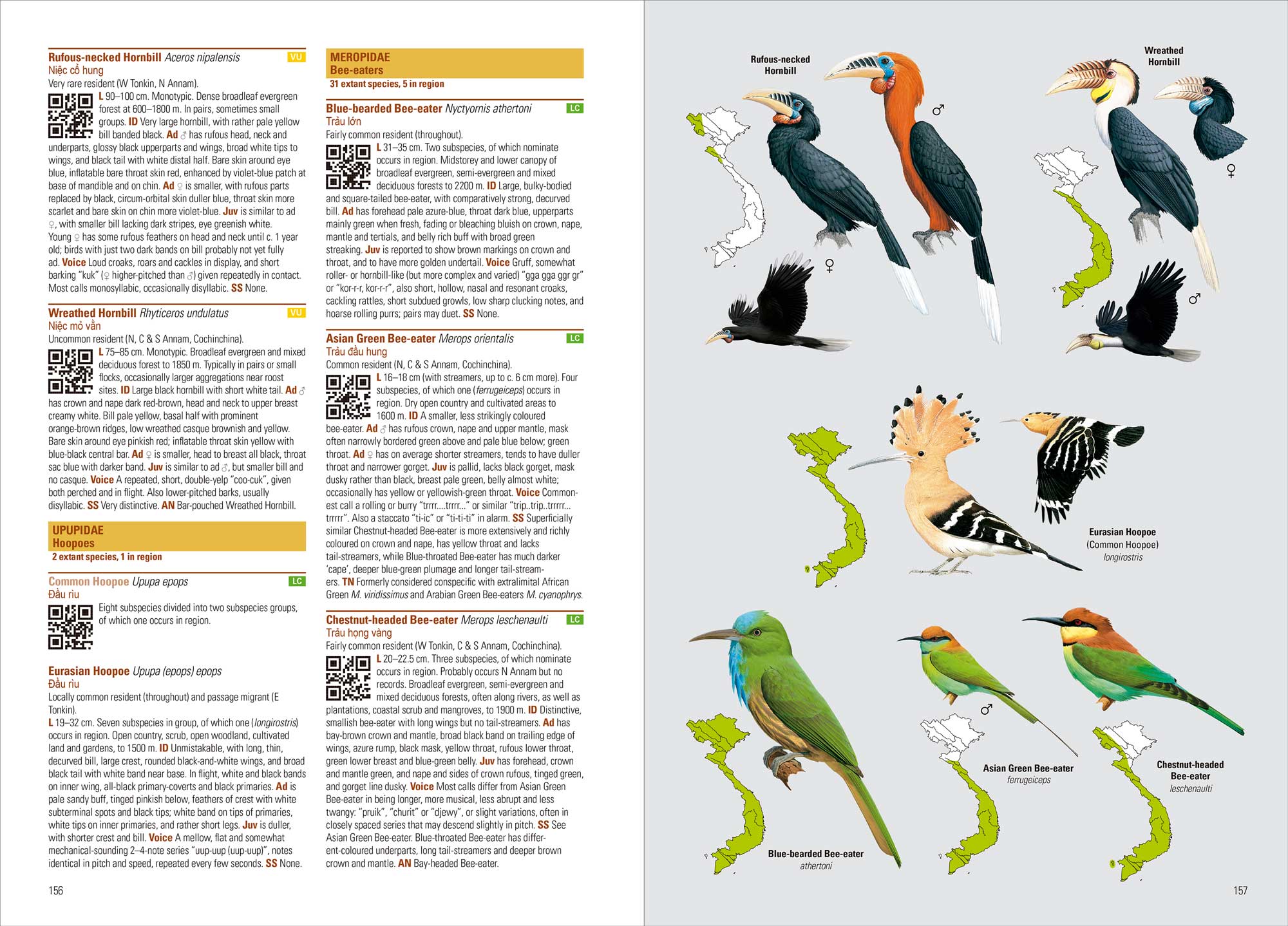
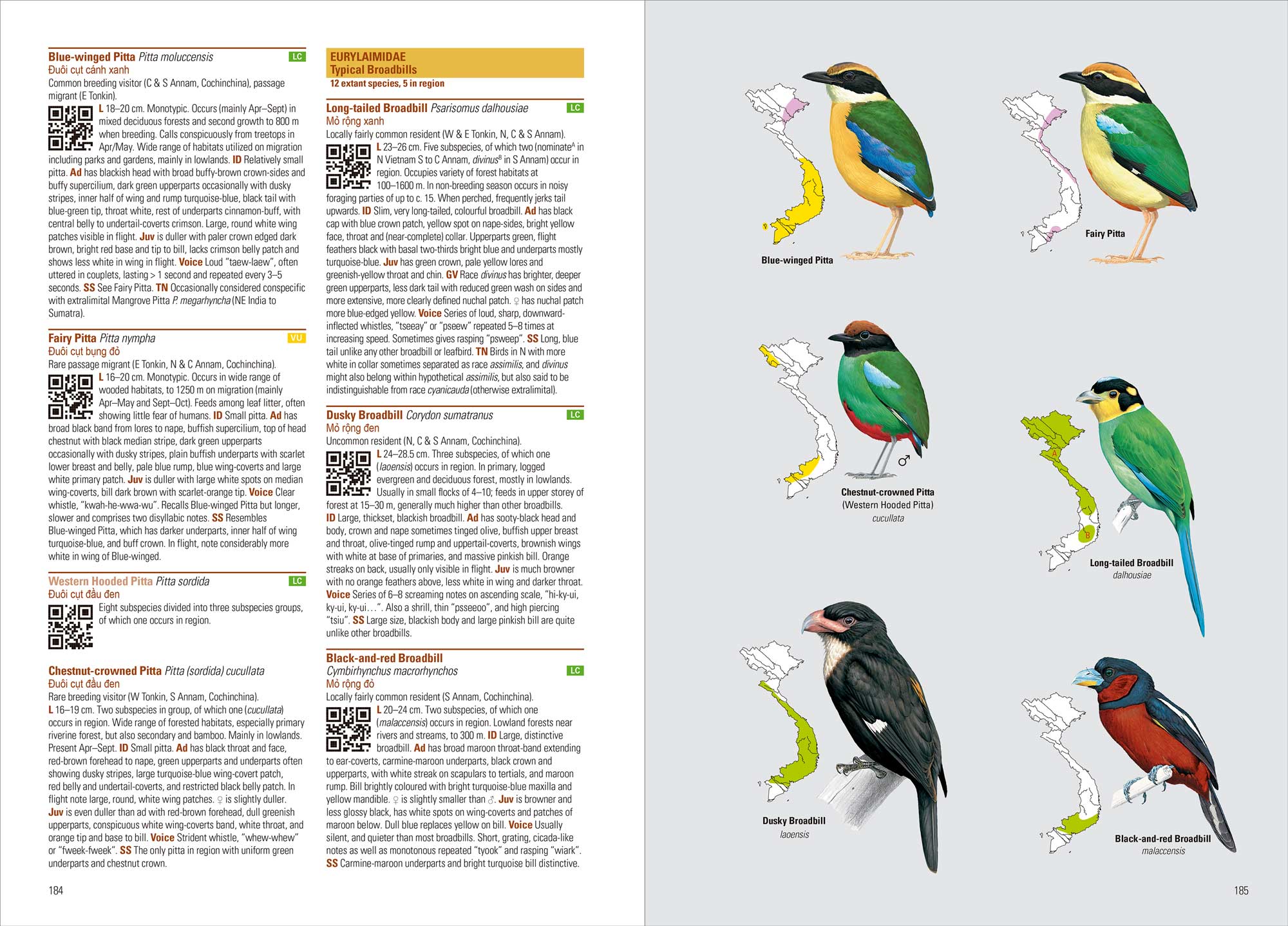
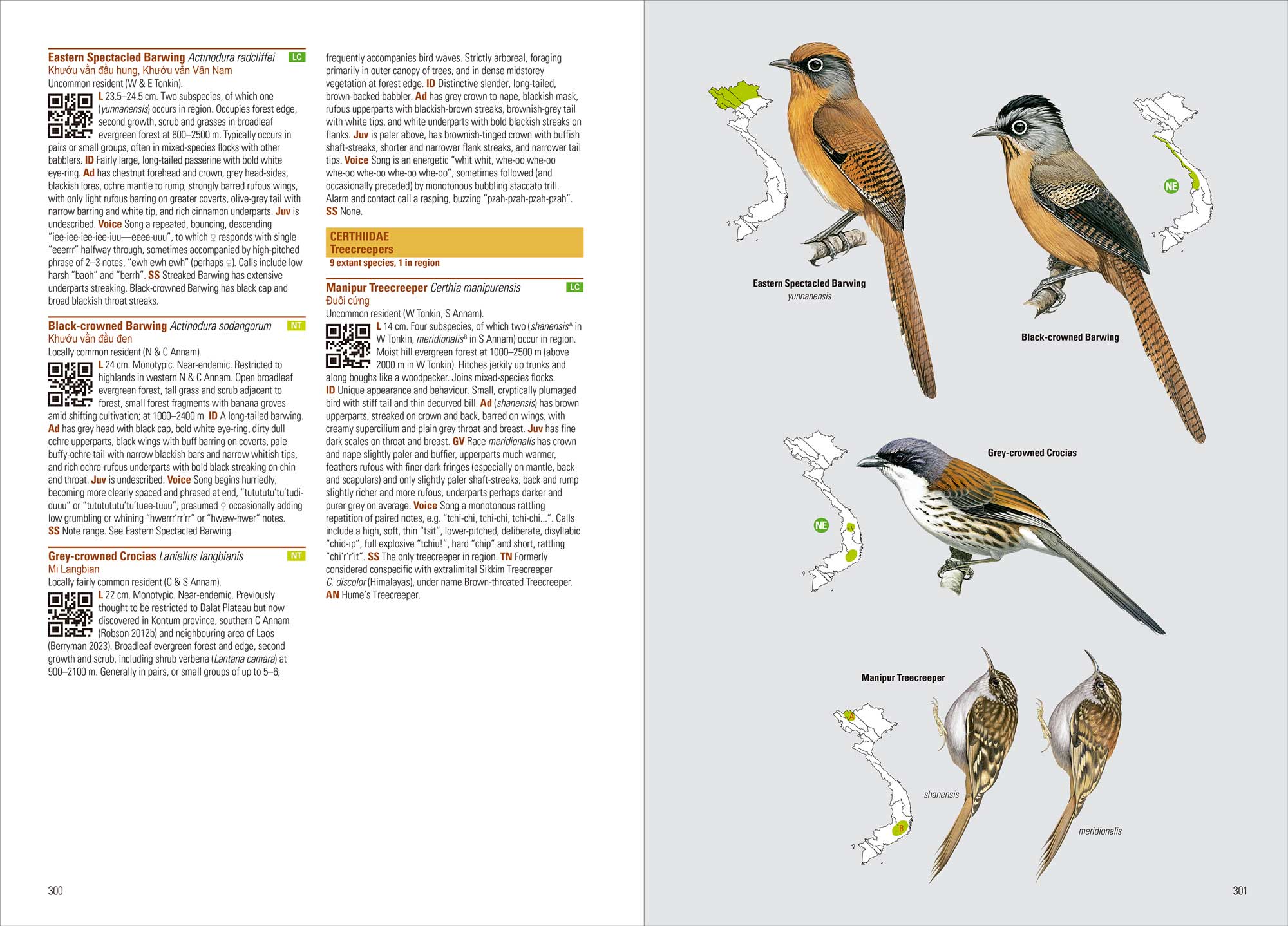
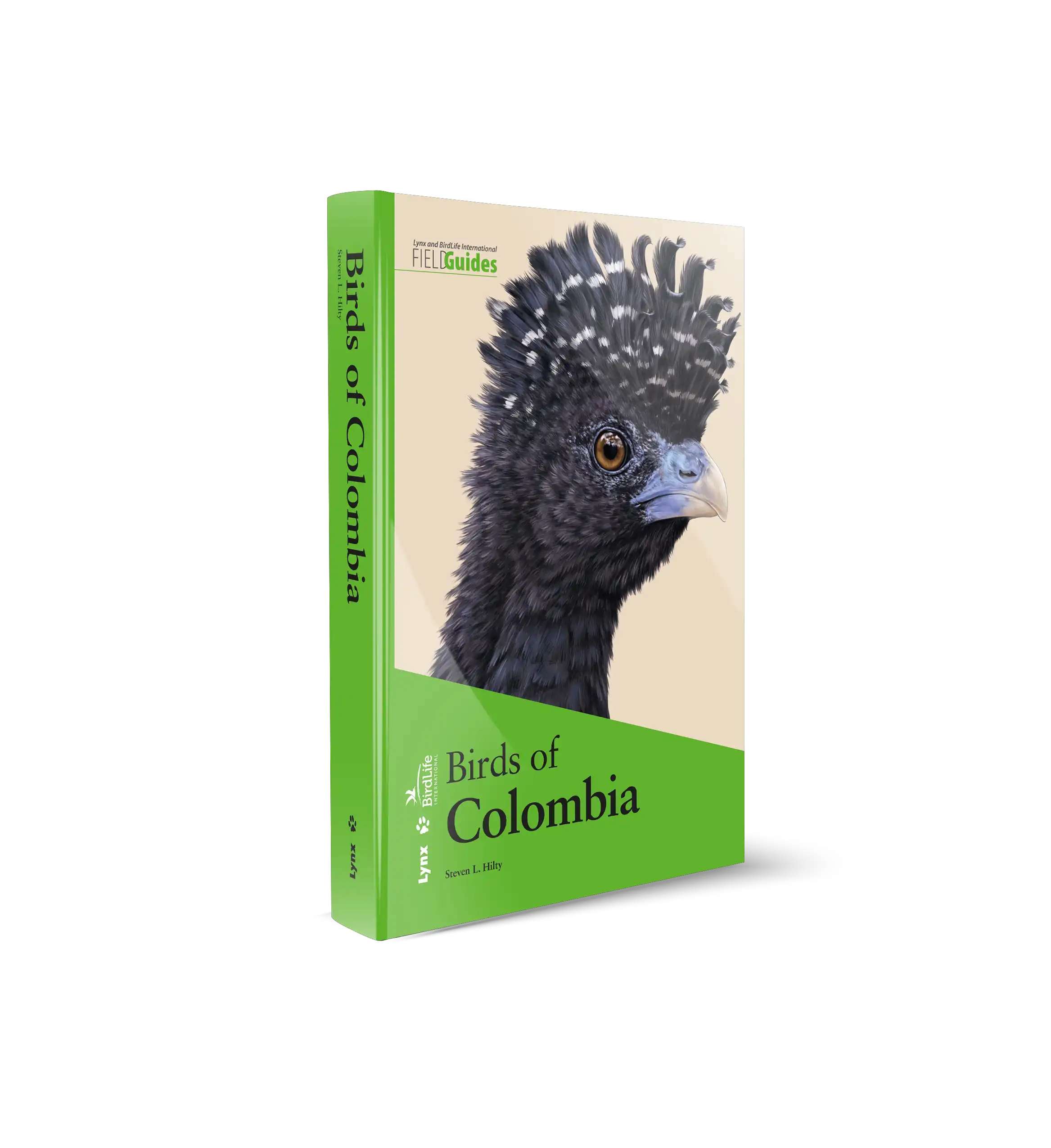
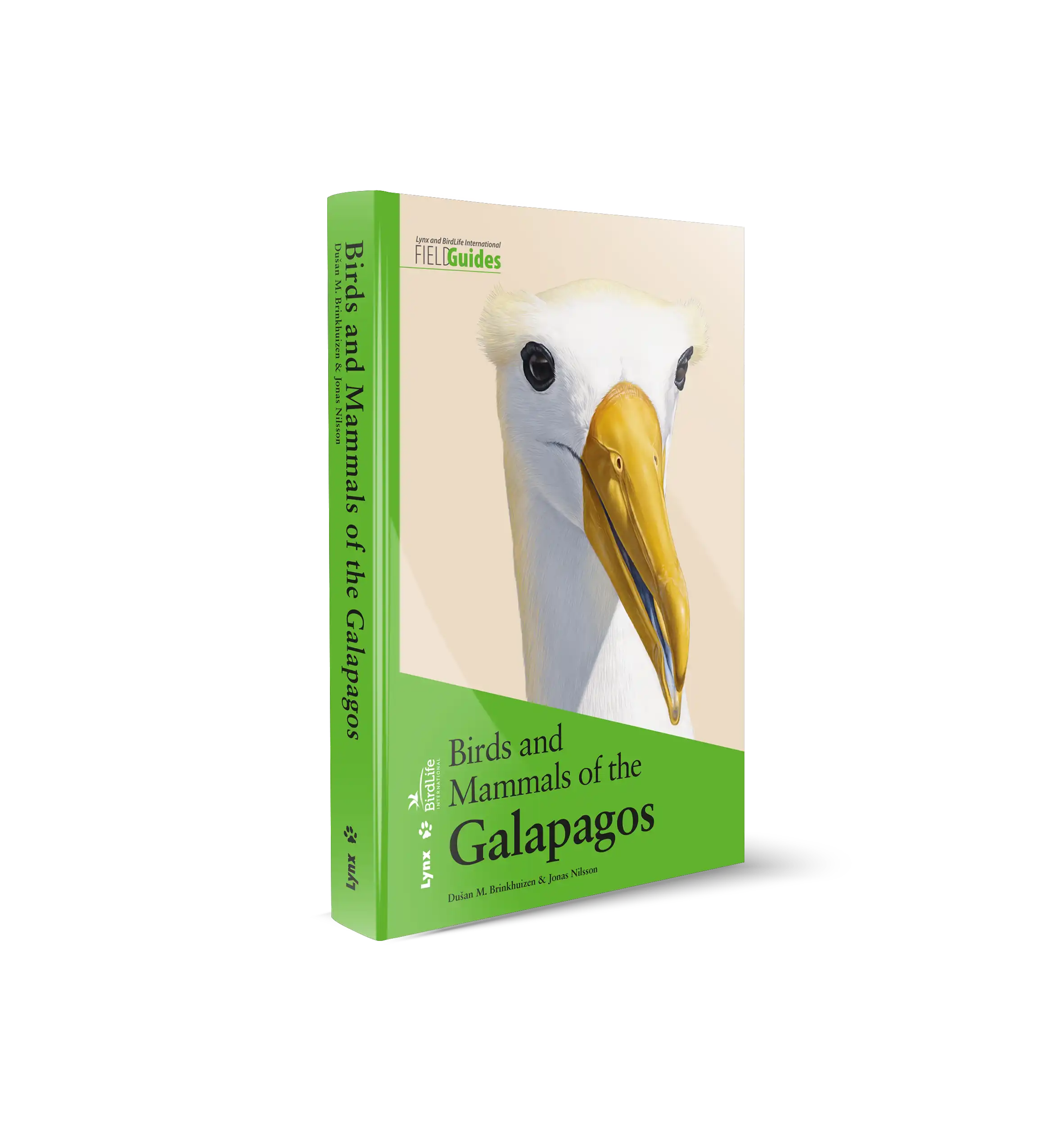
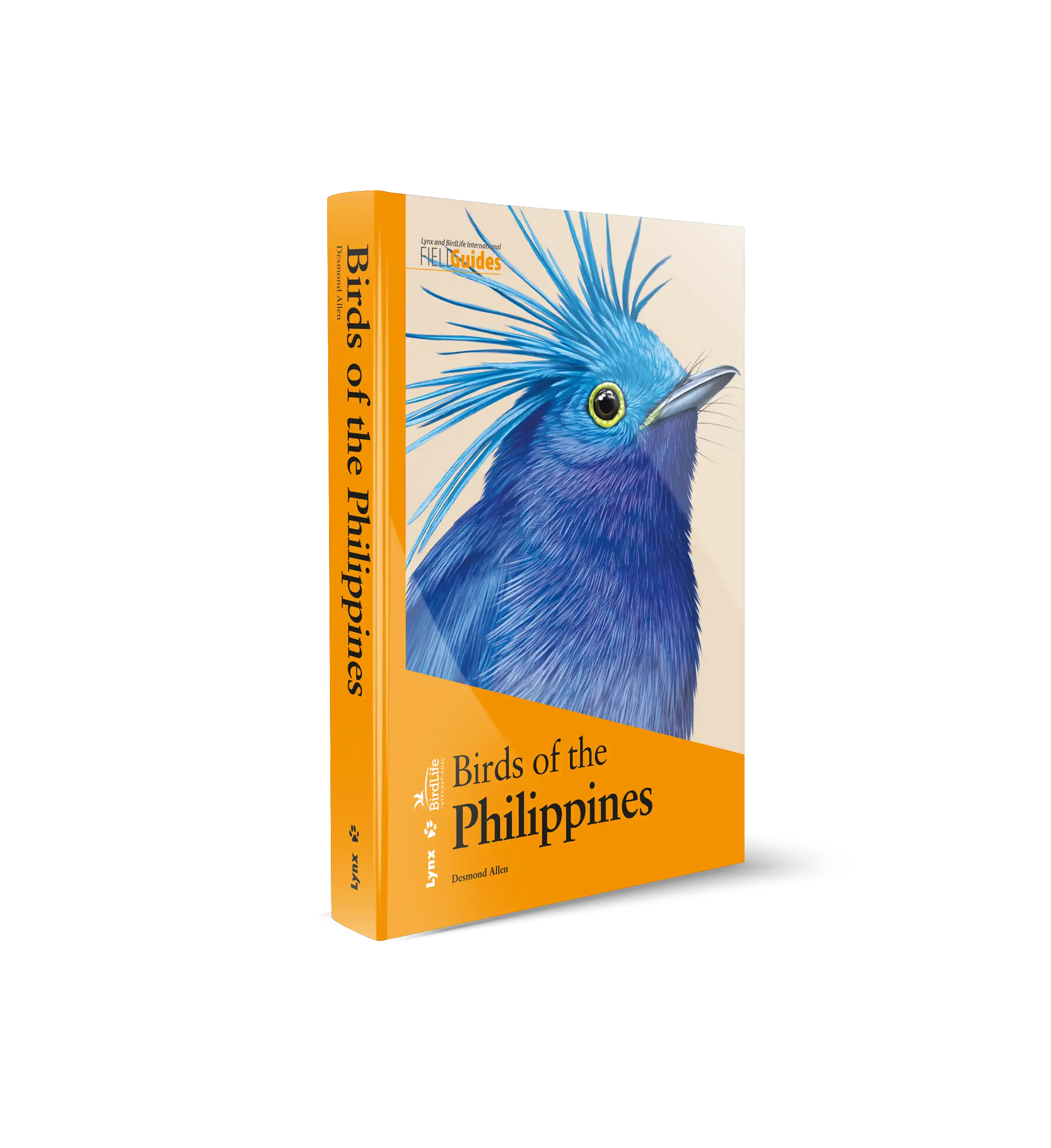
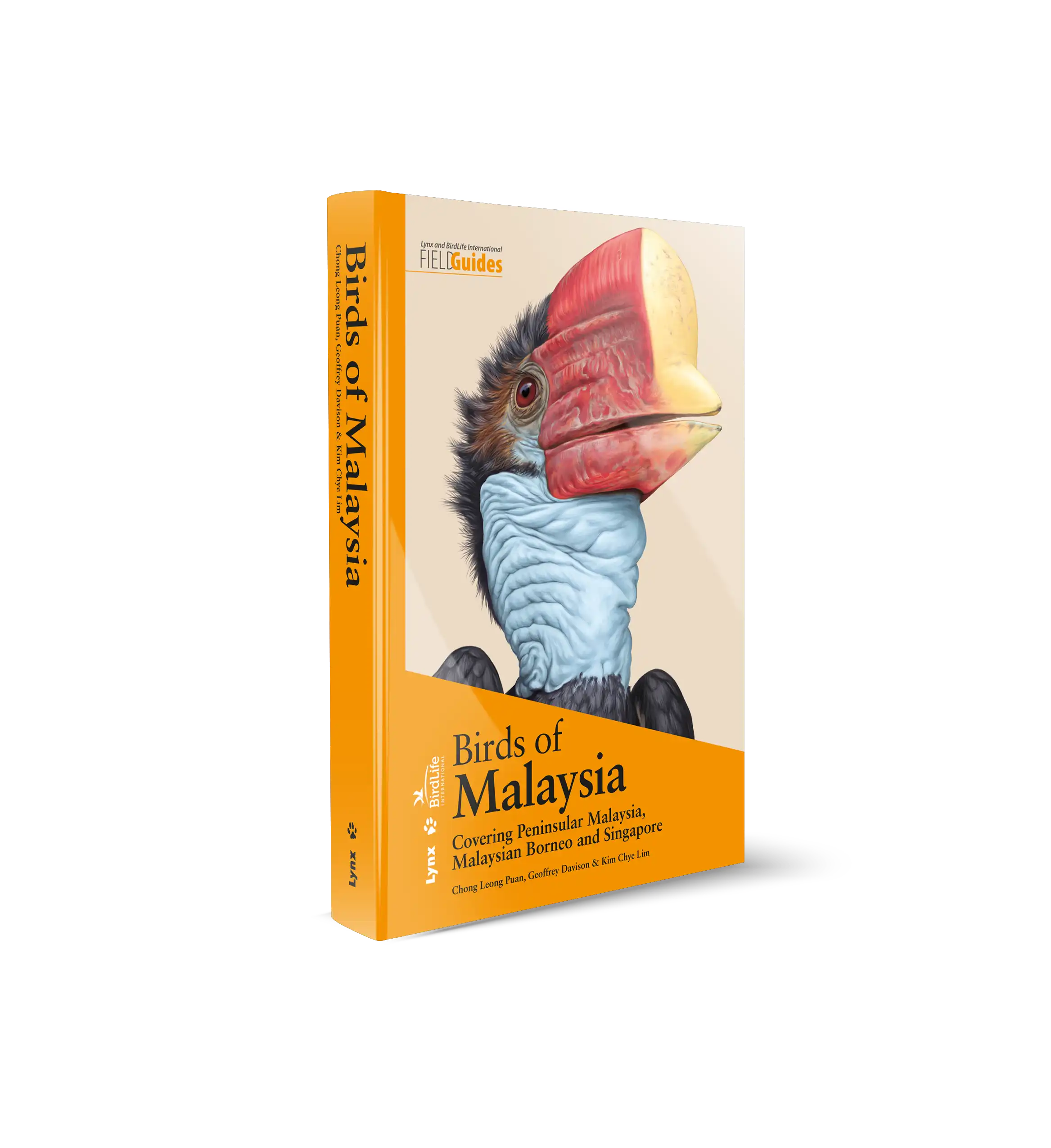
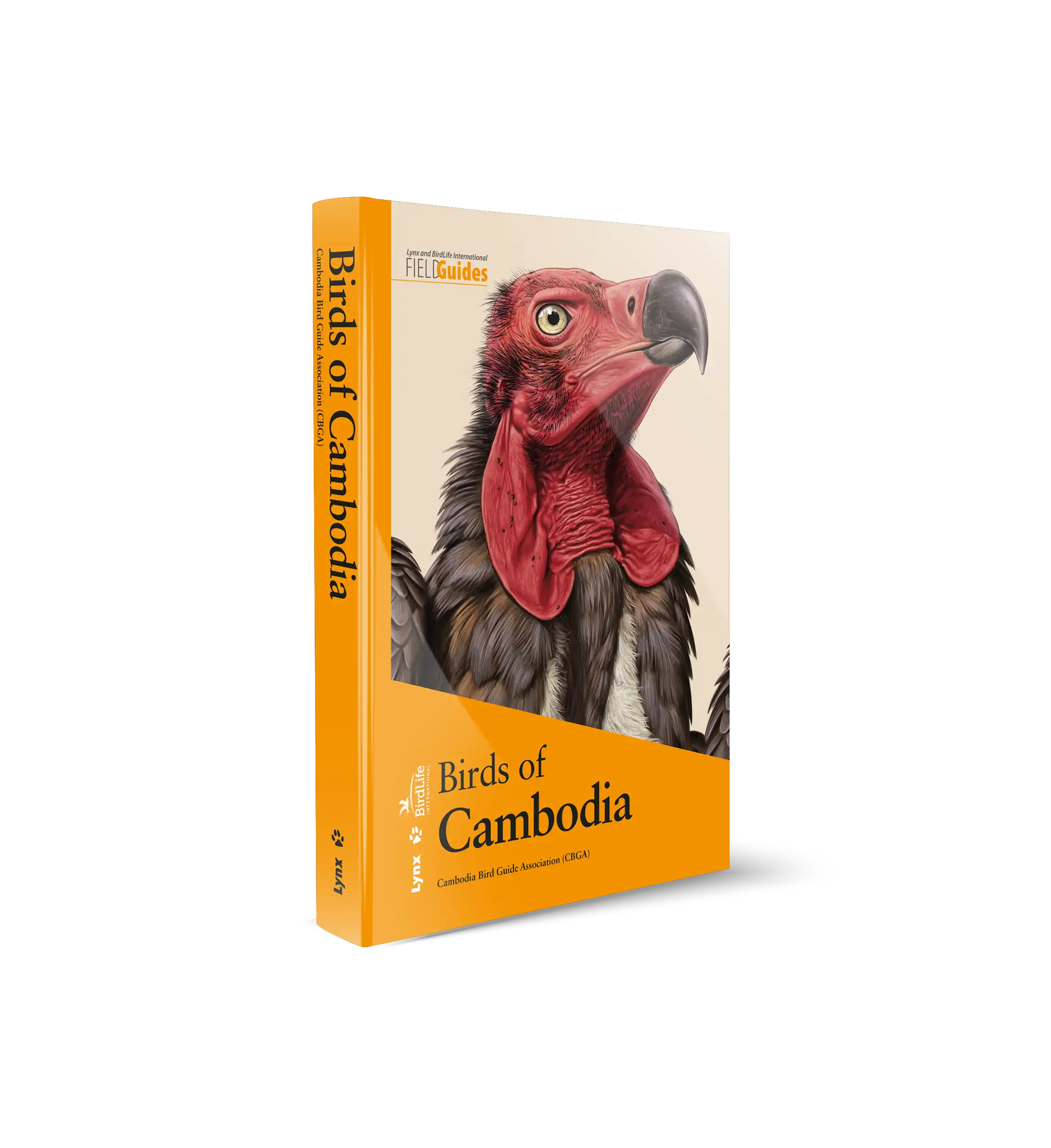
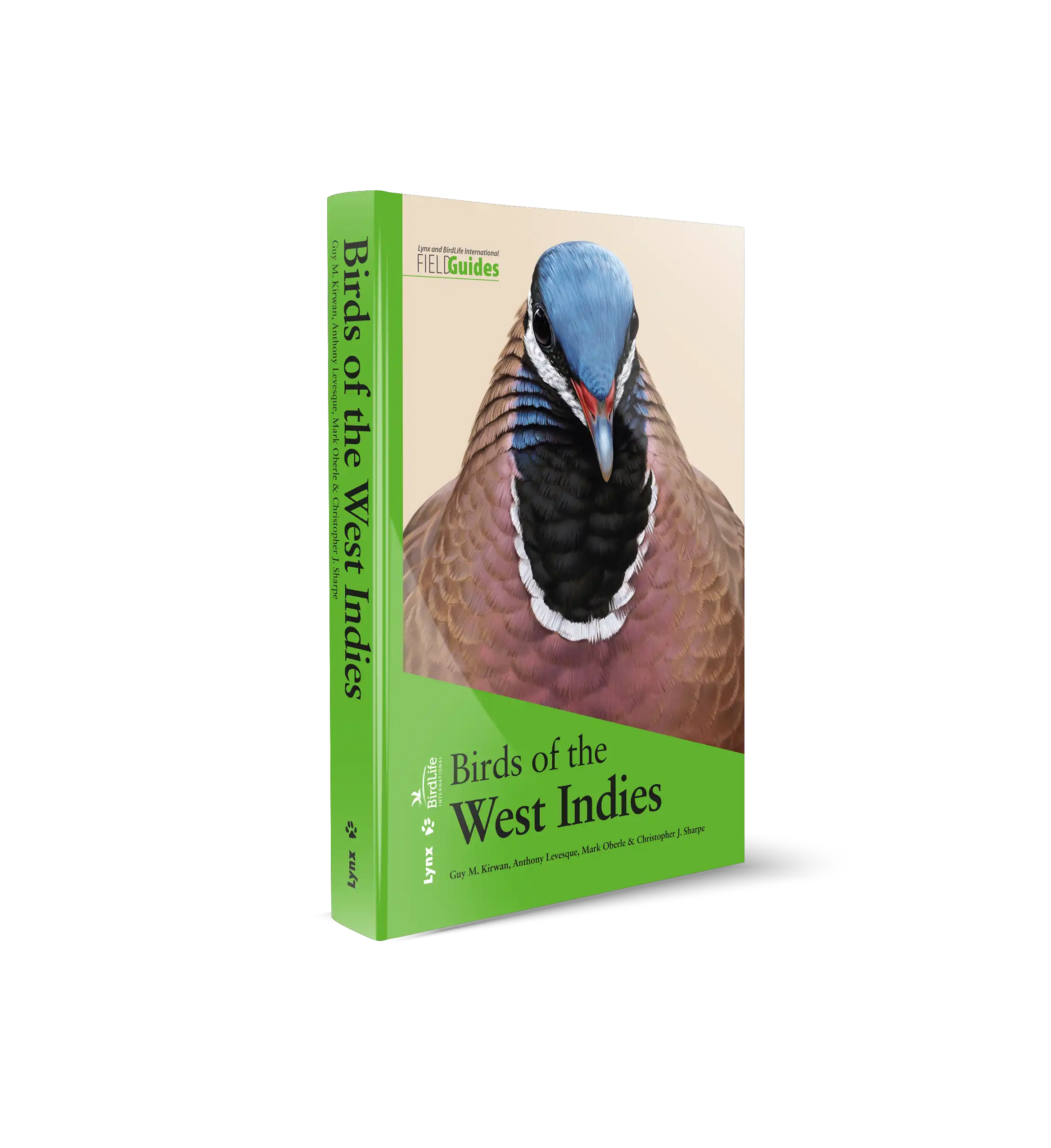
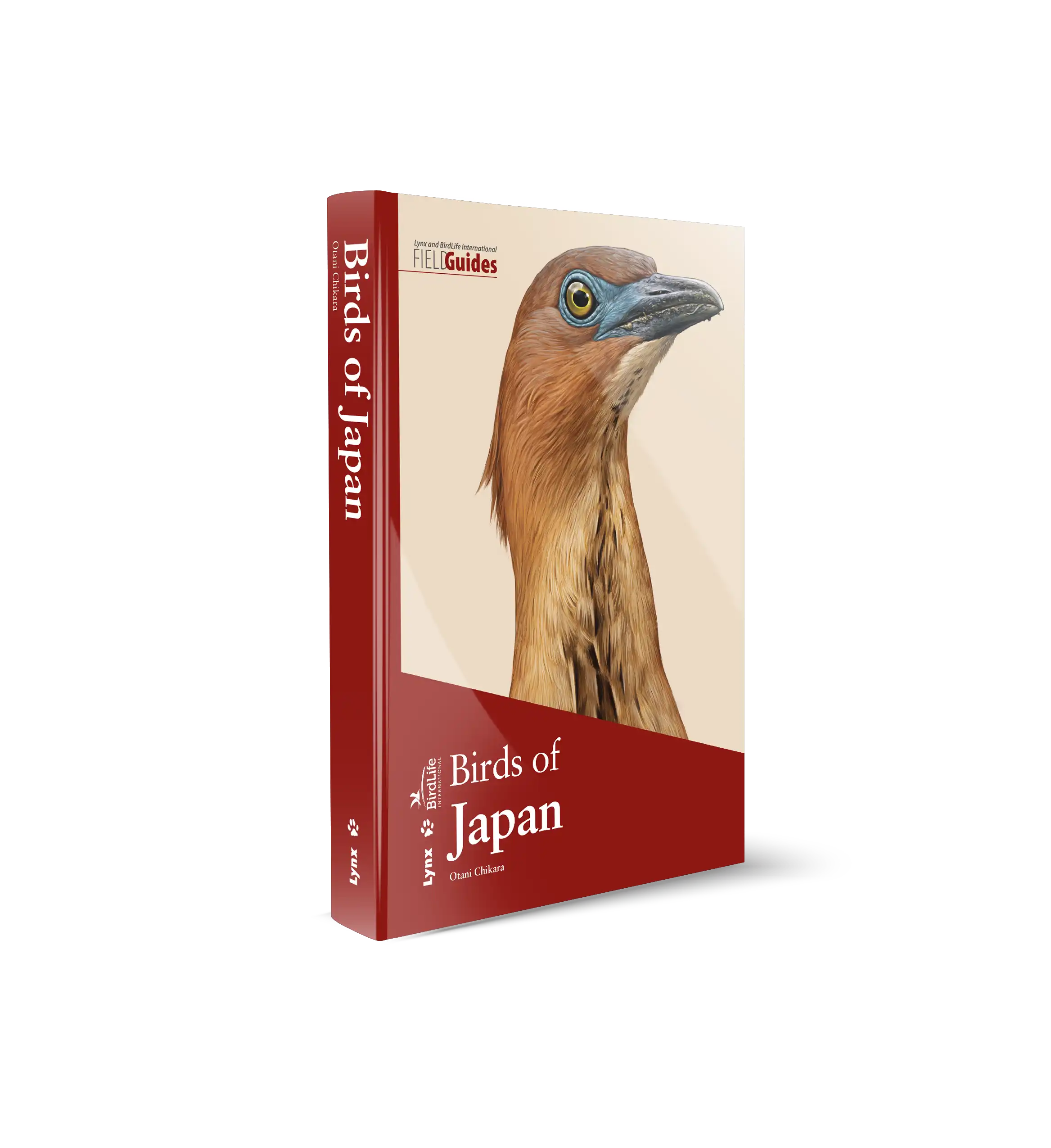
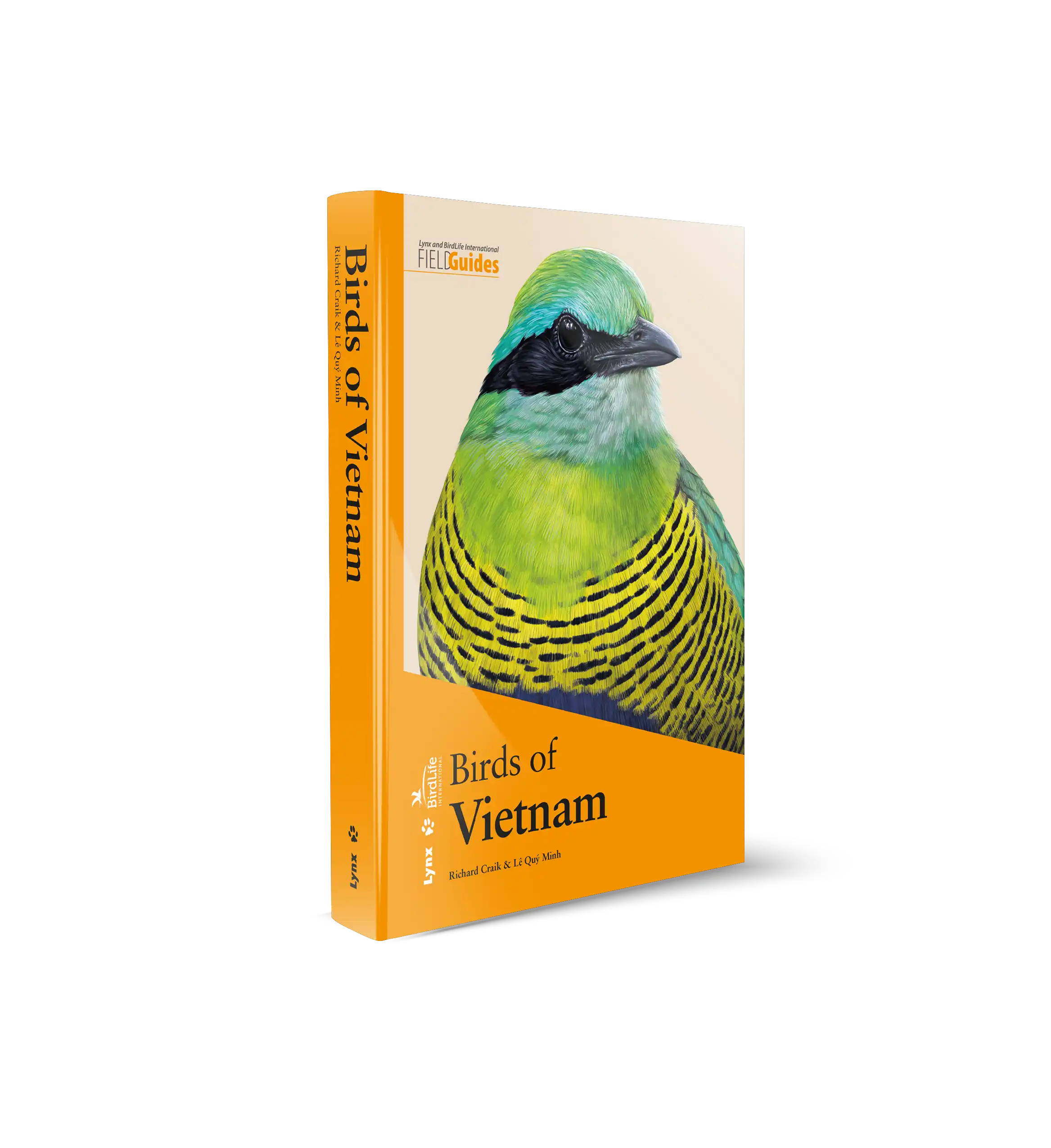
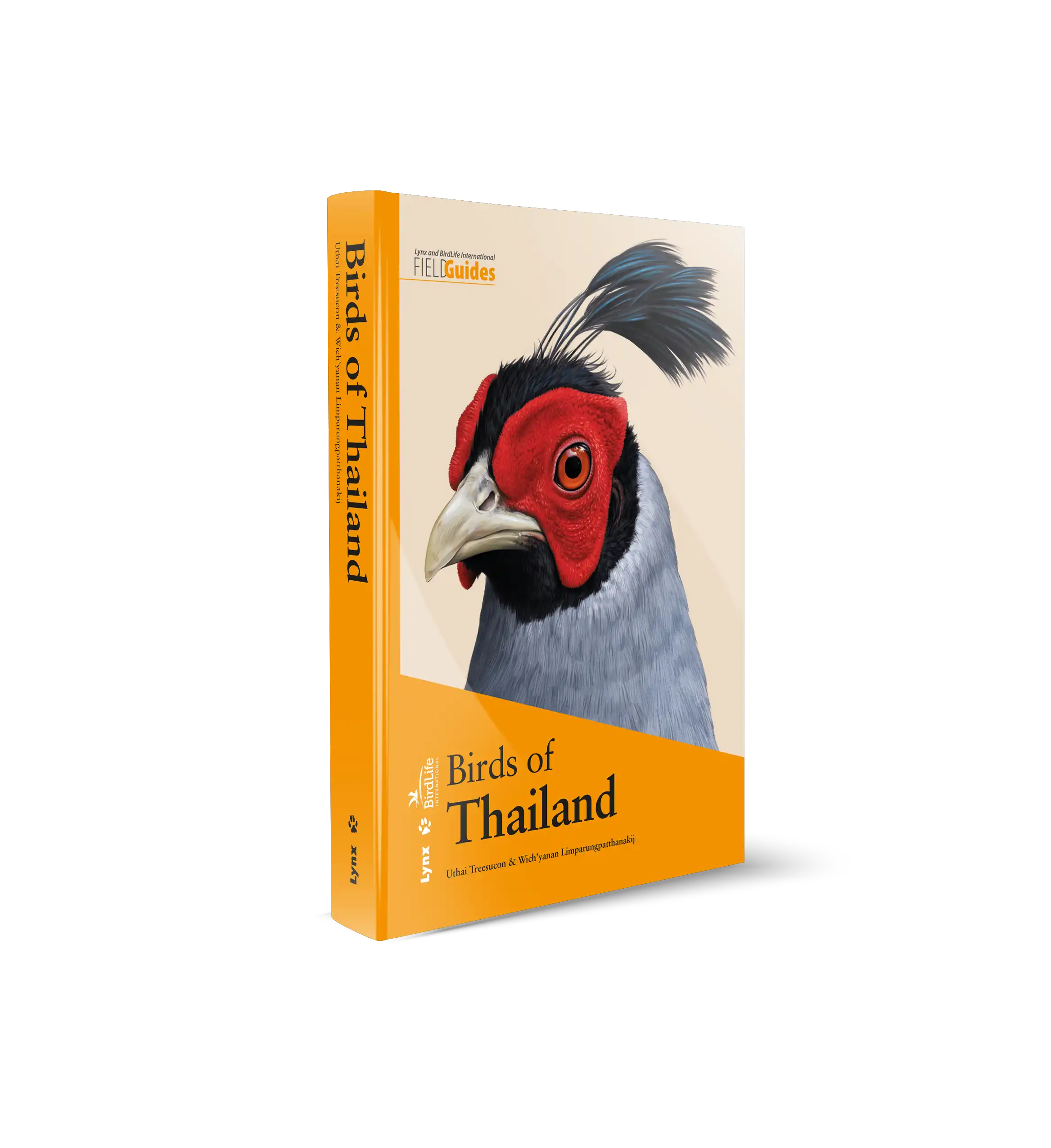
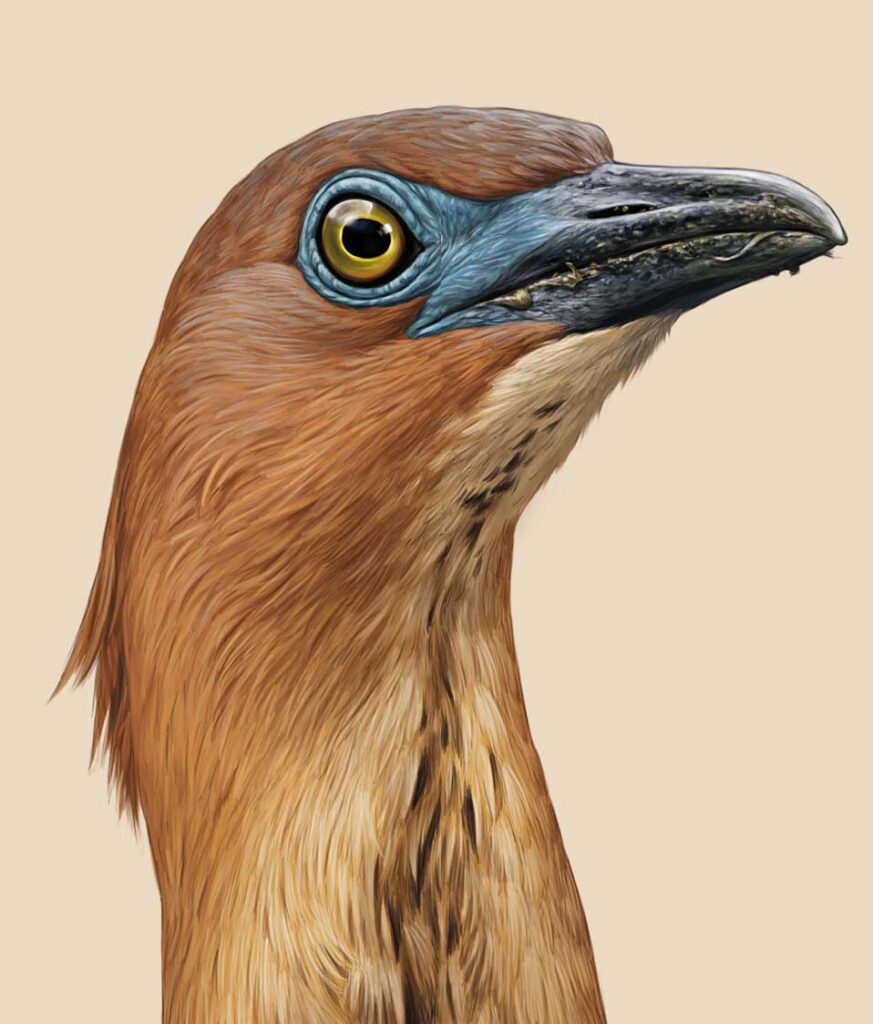








 Copyright 2026 © Lynx Nature Books
Copyright 2026 © Lynx Nature Books
Gehan de Silva Wijeyeratne –
Field guides for birds in Asia have come a long way since I first began to bird watch in Asia. Growing up in Sri Lanka I got off to a good start with G. M. Henry’s ‘A Guide to the Birds of Ceylon’ and Dillon Ripley and Salim Ali’s ‘Handbook of the Birds of the Indian Subcontinent’ in 10 volumes. For travels further east into South-east Asia, I used ‘A Field Guide to the Birds of South-East Asia’ by Ben King, Martin Woodcock and E.V. Dickinson. It took nearly another three decades before this was superseded by Craig Robson’s ‘A Field Guide to the Birds of South-East Asia’ in the modern format with every species illustrated in colour on plates. However, the first edition and even the updated edition in 2008 still had the plates and text in separate parts of the book as was the old custom when full colour printing across the whole book was expensive.
The Handbook of the Birds of the World (HBW) in 17 volumes resulted in the publisher now known as Lynx Nature books having a comprehensive suite of colour illustrations and text for every species of bird in the world. This has placed them placing in an ideal position to produce books which are country specific. The field guides in this spin off series mark an important step change in the development of bird field guides in the world and perhaps more so in part of Asia. Now for many countries we have thoroughly modern field guides with first class illustrations with the species text on a facing page, covering the standard field guide topics on identification, distribution and behaviour. These guides are not important only tools in the hands of scientists and conservationists but they also play an important part in the development of wildlife tourism which provides a further economic impetus to conserve the last remaining wildernesses.
As this book makes clear, Vietnam is a special place for birding with 931 species, 16 endemics and 42 near endemics. Vietnam at one time suffered from the perception that its biodiversity had been largely lost due to human pressures with forests being replaced by agricultural land. In 2006, ‘Vietnam: A Natural History’ by Eleanor Janes Sterling, Martha Maud Hurley and Le Duc Minh’ sought to dispel this myth by providing a fine all-round account of its natural history and outlining many of the exciting recent discoveries of new species not alone with its flora but even with vertebrate species. Nevertheless, Vietnam continues to be still under-appreciated as a birding destination despite the efforts of people like lead author Richard Craik who has been leading birding tours in the country. However, a second edition, 6 years after the first suggests that perceptions on Vietnam’s wildlife potential is changing for the better.
The field guide follows the standard formula for field guides in the Lynx series with the text updated and supplemented by local experts, in this case Richard Craik and Lê Quý Minh. The QR codes take you to the eBird website for supplementary information, images and most usefully sound recordings from the Macaulay Library. The growth of citizen science and the wealth of information that is available now and is being continuously updated is phenomenal and is another essay in itself.
The inner front cover shows Vietnam in relation to its South-east Asian neighbours and the inner back cover marks out 18 of the top birding sites in Vietnam. The first 19 pages of the preliminary sections include an overview of the country’s recent ornithological exploration history, a geographical overview, a summary of key habitat types and a synopsis of the important birding hotspots. There is also an important note on avoiding harm to birds from tape playback and the dangers of baiting at feeding stations and photographic hides resulting in local extinction due to the illegal activity of bird trappers. Conservation in Asia is never easy and even wildlife tourism which is generally a good thing can have unintended consequences.
29 artists are credited with the illustrations, many of which first appeared in HBW. Many of the artists are household names to keen birders who know them for producing some of the finest field guide illustrations in the world. Combine that with first class text, clear distribution maps and QR codes and you are left with an absolutely superb book. The species accounts have the families separated by a shaded header with brief details of the number of extant species in the family and that in the region. The text in addition to describing the bird’s status in Vietnam briefly outlines any sub-species in the region, followed by typical habitat, identification-oriented text, voice and also describes similar species. This is a functional book intended for field use (the flexi-cover option has a water resistant cover). Nevertheless, I find the quality of the overall production and beauty of the artwork also lends the book a certain aesthetic appeal. But then, I enjoy the company of ornithological books and I still have in my collection the books by Ali and Ripley, King, Robson and many more from the Asian region.
Despite multiple visits to some countries in Asia and several natural history book titles on Vietnam in my book collection, I have not yet birded in Vietnam. But with this book on my shelf, I think it will not be long before I go to Vietnam.